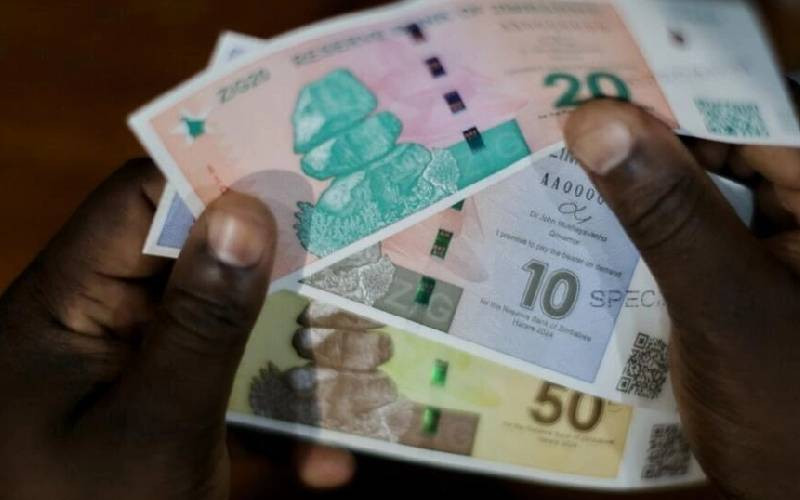This week Malawi, Mozambique, and Zimbabwe are recovering from the devastating effects of Cyclone Idai. The United Nations estimates that it might be the worst ever disaster to strike Southern Africa. More than 1,500 fatalities have been reported. More than 2.6 million people are likely to be affected across the three countries. More than 600,000 have already been displaced. And the level of physical damage is unimaginable. Towns and cities in Mozambique have been destroyed.
Right now, the focus should be on rescuing the affected and the massive reconstruction effort that will be required. But after that is done, leaders in Southern Africa should focus their energies of making their cities, towns, and communities able to withstand such natural disasters. Architectural styles and layout of cities and towns will have to change. Governments will have to adapt to better warning systems and develop capacity for rapid response. Both should be done with the understanding that this problem is likely to get worse.
And the problem will not just be restricted to Southern Africa. Climate change is real. Here in Kenya, we are already seeing the effects in the famine in parts of northern Kenya. Eleven fatalities have already been reported, a likely under-count. The Kenyan government appears to have been caught off guard. And even after the media reported on the crisis, the first response was bald-faced lies and denials from officials in government. Then came the shameless flagging off of food aid. Like in nearly every sphere of public life, the charlatans in Uhuru Kenyatta’s administration are forever obsessed with pomp and circumstance, and not the substance of the demands of their offices.
For a long time, we appeared to have won the geography lottery. Our continent has historically been under-populated, with very few extreme weather events recorded year-on-year. But things are changing fast due to climate change and its effects. Extreme weather conditions like Cyclone Idai are no longer rare events. We have to adapt, or get used to loss of lives and property.
Are we ready for this? The simple answer is no. Very few Kenyan (or African) cities and towns are designed for extreme weather conditions. Nairobi stops at a standstill when it rains. Imagine if we were hit by a tropical cyclone with sustained torrential rains for weeks. The whole city would likely flood. Thousands would die. And the government would not be able to rise to the occasion with rescue and recovery efforts.
The same would be true for our rural areas. Disaster preparedness is not just about search and rescue efforts. It should entail resilience to extreme weather. That means building structures to a particular code, designing proper drainage systems, and having well-articulated plans for logistics – food and water delivery, rescue and evacuation routes, dealing with potential disease outbreaks, and ability to build back better. Without deliberate investments in these capacities, we will be left at the mercy of nature. There are no ways around it.
Unfortunately for us all, our leaders are impervious even to the most obvious of lessons. They will likely deal with the famine in the north with food aid and little else in terms of long-term solutions. They will see Cyclone Idai as an act of God that they can do very little about. They will sit on their hands until tragedy strikes again. After which they will lie to us, and then provide band-aid solutions.
- The writer is an Assistant Professor at Georgetown University
 The Standard Group Plc is a
multi-media organization with investments in media platforms spanning newspaper
print operations, television, radio broadcasting, digital and online services. The
Standard Group is recognized as a leading multi-media house in Kenya with a key
influence in matters of national and international interest.
The Standard Group Plc is a
multi-media organization with investments in media platforms spanning newspaper
print operations, television, radio broadcasting, digital and online services. The
Standard Group is recognized as a leading multi-media house in Kenya with a key
influence in matters of national and international interest.
 The Standard Group Plc is a
multi-media organization with investments in media platforms spanning newspaper
print operations, television, radio broadcasting, digital and online services. The
Standard Group is recognized as a leading multi-media house in Kenya with a key
influence in matters of national and international interest.
The Standard Group Plc is a
multi-media organization with investments in media platforms spanning newspaper
print operations, television, radio broadcasting, digital and online services. The
Standard Group is recognized as a leading multi-media house in Kenya with a key
influence in matters of national and international interest.









